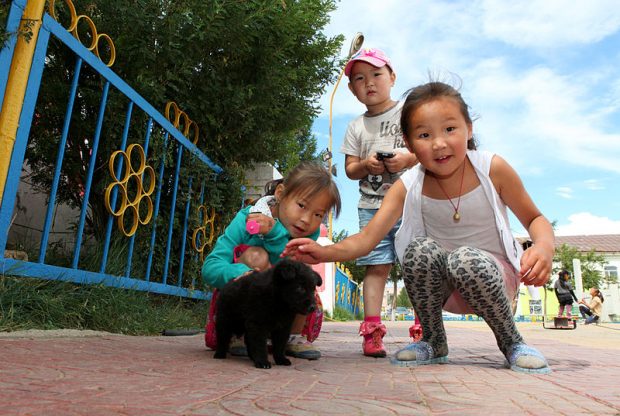What is yurt kindergarten? A Mongolian innovation of alternative ECE services for the nomadic children
Mongolia has the lowest population density in the world, just 1.7 persons per square kilometer of land. Among a population of 3 million people, roughly 30% are nomadic. In fact, they live in tend known as yurt or ger. Moreover, the nomad families usually live 5-15 km away from each other.
When it comes to public service, the Mongolian government had to take into considerations many facts such as the climate conditions (with temperatures ranging from 40 degrees to minus 50 degrees Celsius), the nomadic part of the population and its location. For these reasons, Mongolia decided to create alternative preschool programs: traveling teachers, moving or ger kindergarten, and shift classes to reach children.
Ger kindergartens are managed by the regular kindergartens. Each ger kindergarten is composed by two parts: one is for teaching and learning, and the other is for cooking and sleeping. Inside the classrooms, there are low tables and chairs, learning materials, and bed mats for napping.
Each ger kindergarten can host around 20-25 children aged between 1-5 years old. Moving ger kindergartens operate only in the summer, and reach the remote locations where nomad families tend to move to during the summer months. The kindergarten is usually located where at least 10-15 families can arrive. Setting up a typical ger takes a couple of hours.
Kindergartens start from June and end in August. Parents or relatives bring children in the morning until late afternoon; however, they sometimes leave children with teachers over the night. Kindergartens stay in the same location for three to six weeks and sometimes move with the herders to follow them.
Ger kindergarten services are not typically offered outside the summer months. The Ministry of Education covers the cost of teachers’ salaries and other expenses. Very limited supplementary resources from soum governments may be given to some kindergartens. In some cases, the gers, along with the furniture and learning materials in them, are sponsored by donor-financed projects.
Herders usually live in very isolated environments; for these reasons, ger kindergartens provide not only early childhood education but also the opportunity for children to socialize with other children.
By Chuluunbaatar Dolgor

























































